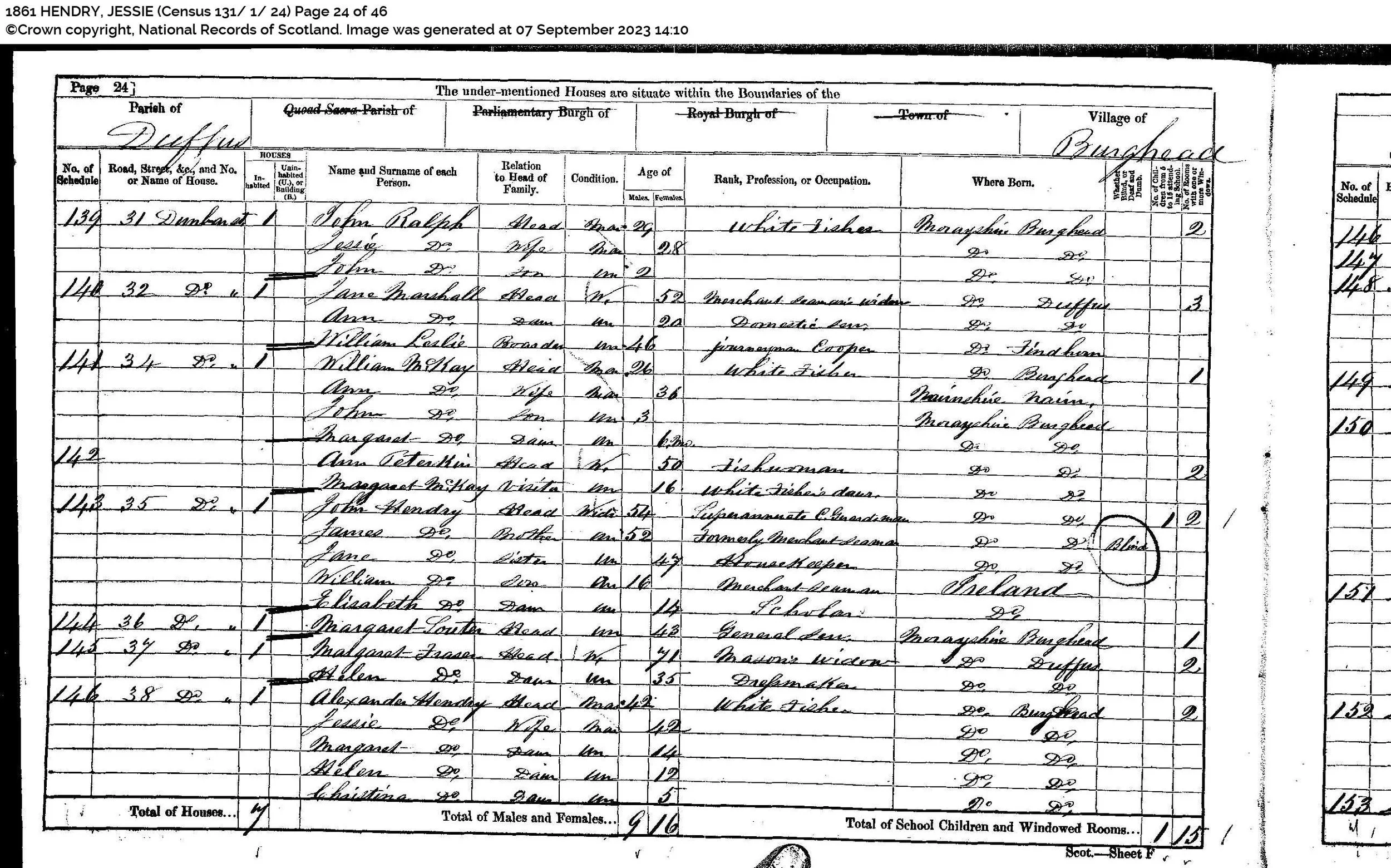10 Top Tips for…
Searching UK Census Records Like a Pro
For anyone researching UK ancestors (England, Wales, or Scotland), these records are pure gold. Taken every ten years from 1841, the currently available censuses give us precious snapshots of our ancestors' lives, households, and communities. But are you squeezing every last clue out of them?
Move beyond name searches with these 10 tips to use UK census records like a pro.
TIP 1
Know Your Census Years (and Quirks!) The main UK censuses available online are 1841-1921. Remember:
1841: It's unique! Ages over 15 were often rounded down to the nearest 5 years. Exact birthplaces aren't usually given (just 'in this county' or 'Scotland,' 'Ireland,' 'Foreign Parts'). Relationships within the household aren't stated (though you can often infer them).
1851 onwards: Much more detail! You get more precise ages, stated relationships to the head of household, and specific birthplaces (parish/town and county). Detail generally increases with each census.
Scotland: While broadly similar, always access Scottish census via ScotlandsPeople for the best images and transcriptions.
TIP 2
Master Name Variations & Wildcards Surname spellings were fluid! 'Smith' might be 'Smyth' or 'Smythe'. First names could be abbreviated ('Wm' for William) or use diminutives ('Lizzie' for Elizabeth). Transcription errors also happen. Don't give up if an exact match fails! Use wildcards: '' replaces multiple letters (e.g., 'Smth'), '?' replaces a single letter (e.g., 'J?ne' for Jane/June). Search phonetic variations too.
TIP 3
Sometimes, Less is More in Your Search If you're struggling to find someone, try removing some search terms. If you're unsure of the exact birth year, broaden the range (+/- 5 or even 10 years). If the birthplace seems wrong, remove it temporarily. Start with the info you're most confident about (like name and approximate age/location) and add details back in one by one. Too much potentially incorrect information can hide the right result.
TIP 4
Search by Address, Not Just Name Got an address from a birth/marriage certificate or directory? Try searching for the address in the census. This is brilliant for common names, verifying a family's location, or finding them if their name is badly transcribed. If the database allows, you can sometimes browse the images for a specific street page by page – essential if the transcription fails you.
TIP 5
Decode Relationships & Household Structure From 1851, relationships (Wife, Son, Daughter, Lodger, Servant, Visitor, etc.) are stated. Analyse the whole household – are there married children living nearby? Nephews or nieces visiting? Elderly parents being cared for? Boarders or servants who might appear as witnesses on certificates? This paints a richer picture than just your direct line. (Remember to infer relationships carefully in 1841).
TIP 6
Analyse Occupations for Clues An ancestor's occupation tells you about their social standing, skills, and potential migration paths (e.g., agricultural labourers moving for work, miners following seams). Note how occupations change over time. Vague terms like 'Labourer' are common, but specific trades can help distinguish between people with the same name.
TIP 7
Scrutinise Birthplaces Carefully Birthplace information (parish/town and county) is key for tracking origins. Be aware that county boundaries changed. Check the birthplaces of children – if younger children were born elsewhere, it shows migration. Look at neighbours' birthplaces too; people often migrated together from the same area. Is your ancestor's birthplace listed consistently across censuses? If not, why?
TIP 8
Don't Forget the Neighbours (The FAN Club) Seriously, check the neighbours! Look at the census pages before and after your ancestor's entry. Are there other families with the same surname? People with the same unusual birthplace? Witnesses from certificates living nearby? The FAN Club (Friends, Associates, Neighbours) principle is powerful – these connections can break down brick walls.
TIP 9
Track the Whole Family Across Censuses Don't just find one entry and stop. Follow the family unit through every available census. Does the family composition make sense? Are children missing in one census (check nearby relatives they might be visiting!) but present before and after? Do ages progress logically (allowing for fibbing!)? Tracking them across time builds a much stronger, verified picture.
TIP 10
ALWAYS View the Original Image! This is non-negotiable! Transcription errors are common. Indexes sometimes miss people or details. The original handwritten page is the real record. Viewing the image lets you:
Verify the transcription against the actual handwriting.
See who lived next door (vital for FAN club).
Spot marginal notes or corrections made by the enumerator.
Get a feel for the neighbourhood. Never rely solely on the transcription – treat it only as a finding aid.
Census records are addictive, offering incredible insights. By applying these tips, you can move beyond simple searches and start unlocking the deeper stories hidden within those pages.

